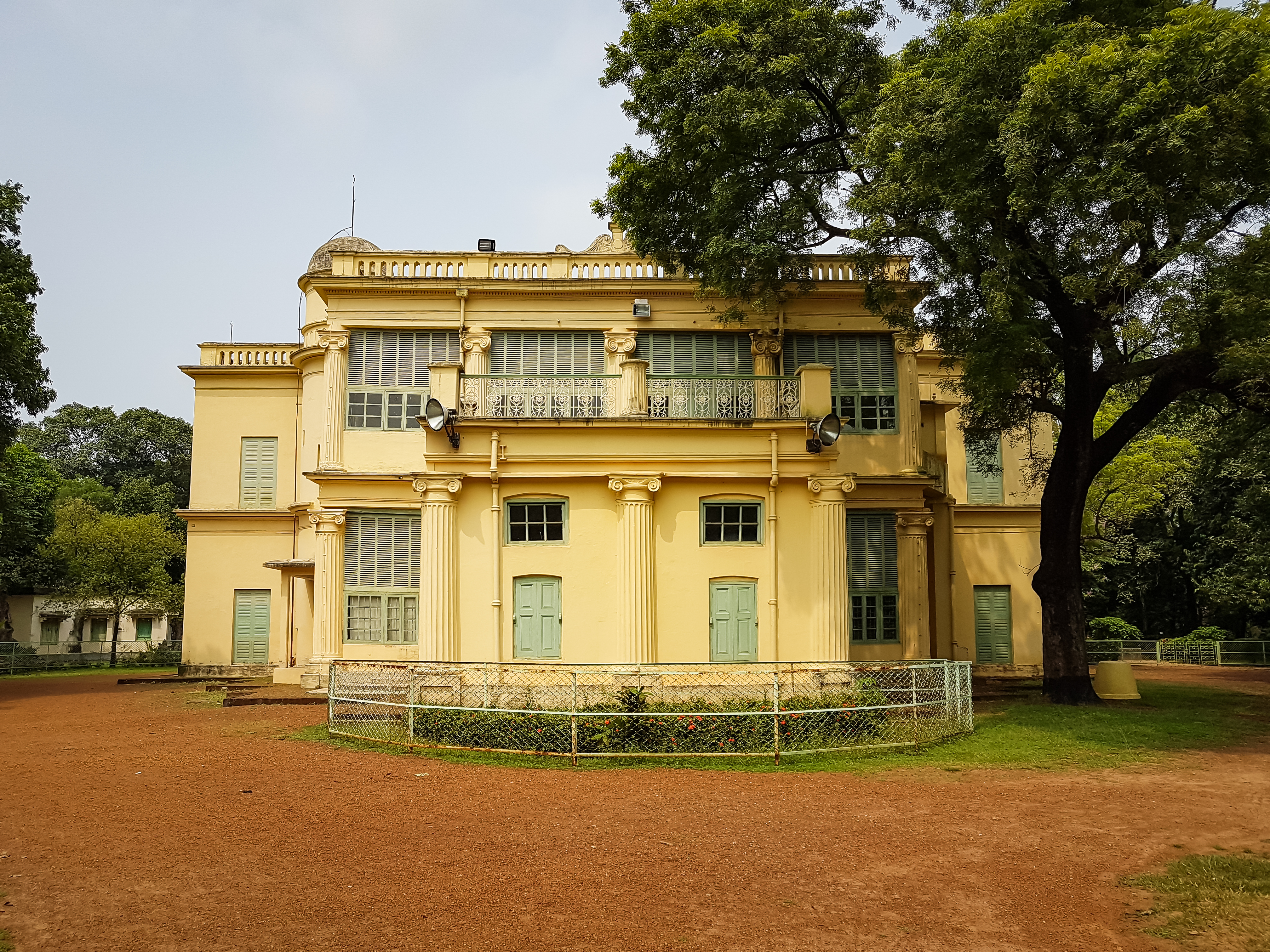SANTINIKETAN

Here are some key aspects of Santiniketan:
-
Foundation and Philosophy: Rabindranath Tagore established Santiniketan with the vision of creating a unique educational environment that integrated the best of Indian and Western educational systems. His philosophy emphasized learning in harmony with nature and the surrounding environment.
-
Visva-Bharati University: Santiniketan is the home of Visva-Bharati University, an institution founded by Tagore in 1921. The university is known for its emphasis on liberal arts, humanities, and creative disciplines. It follows the pedagogical principles of Tagore and offers a range of undergraduate and postgraduate programs.
-
Rabindranath Tagore: Tagore, who is often referred to as "Gurudev," was the driving force behind Santiniketan. He was not only a poet but also a philosopher, playwright, painter, and musician. His works, including the famous poem "Gitanjali," earned him the Nobel Prize in Literature in 1913.
- Culture and Arts: Santiniketan has been a hub of Indian culture and arts. It is known for its festivals, including Basanta Utsav (Spring Festival) and Poush Mela (Winter Festival). Students and artists from various disciplines come together to celebrate and showcase their talents during these festivals.
- A World Heritage Site is a place, landmark, building, or area that is recognized by the United Nations Educational, Scientific and Cultural Organization (UNESCO) for its cultural, historical, scientific, or natural significance.
- These sites are considered to be of outstanding value to humanity, and their preservation and protection are of global importance.
- As of September 2023, a total of 1,172 World Heritage Sites (913 cultural, 220 natural, and 39 mixed properties) exist across 166 countries.
- With 58 selected areas, Italy is the country with the most sites on the list; China is the second with 57 sites, and Germany is the third with 52.
-
Cultural Heritage Sites: These include historical buildings, cities, monuments, archaeological sites, and cultural landscapes that hold significant cultural or historical importance. Examples include the Great Wall of China, the Pyramids of Egypt, and the Historic Centre of Rome.
-
Natural Heritage Sites: These encompass natural features such as national parks, forests, wildlife reserves, geological formations, and ecosystems that are of exceptional ecological or geological significance. Examples include the Great Barrier Reef in Australia, Yellowstone National Park in the United States, and the Galapagos Islands in Ecuador.
-
Mixed Heritage Sites: Some sites are recognized for both their cultural and natural value, and they are classified as mixed heritage sites. For instance, Machu Picchu in Peru is renowned for its archaeological significance as well as its stunning natural setting in the Andes Mountains.
- The designation of a site as a World Heritage Site signifies the commitment of the international community to protect and preserve it for future generations.
- UNESCO works closely with countries to identify and nominate sites, and once a site is inscribed on the World Heritage List, it may receive international assistance and support for its conservation and management.
- The World Heritage designation also brings increased tourism and recognition to these sites, which can have economic and cultural benefits for the local communities and countries where they are located.
- However, managing the influx of tourists while safeguarding the site's integrity is often a significant challenge for World Heritage Sites.
|
Previous Year Questions
1. The UNESCO World Heritage Site, “MahabodhiVihar” is situated in which Indian state? (SSC MTS 2017)
A. Madhya Pradesh B. Himachal Pradesh C. Bihar D. Maharashtra
Answer: C
2. Consider the following statements: (MPSC 2019)
a. As of July 2018, a total of 1092 World Heritage sites exist across 167 countries.
b. Italy, with 54 World Heritage sites has the most of any country (up to July 2018).
c. India has 39 World Heritage sites (up to July 2018).
d. A collection of Victorian, Gothic, and Art Deco buildings of Mumbai are declared as World Heritage sites in 2018.
Which of the above statements are correct?
A. a, b and d B. b, c and d C. a, b and c D. All of the above
|




